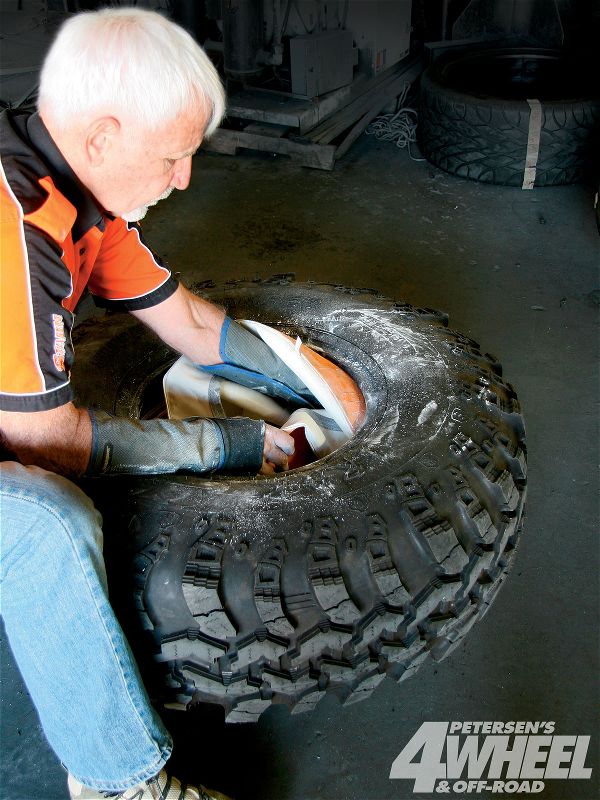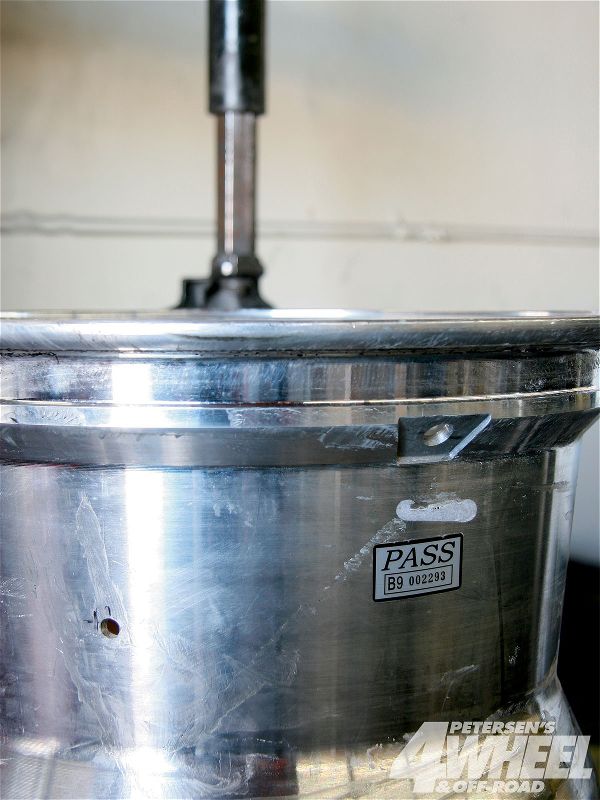
 Ali Mansour
Brand Manager, 4WD & Sport Utility
Ali Mansour
Brand Manager, 4WD & Sport Utility
Whether you're a seasoned trail rider or a first-time terra tamer, you'll likely start your trail day doing the same thing: airing down your tires. Reducing the air pressure in your tires is a cheap and easy way to gain off-road performance. The upside to lowering the psi (pounds per square inch) is that it will give your 4x a wider footprint, act as secondary suspension, and soften out the ride. The downside is that it increases your chance of separating the tire from the rim.

In most standard wheel and tire applications the inside lip of the tire, commonly known as the bead, presses against the outer edge of the rim. As air is forced into the tire this union becomes sealed. When you drop the pressure, the forces that keep the bead in place are reduced. If the bead becomes dismounted from the wheel during a trail ride, you'll instantly be stuck with a flat tire and can possibly damage the wheel or tire. While there is always the chance that you can reseat the bead on the trail with a good air source, sometimes you might not be so lucky.
So what's a wheeler to do if he wants to air down, but doesn't want to constantly worry about losing a bead? The answer is simple: beadlocks.
A beadlock is a device a simple as it sounds. It secures (locks) the bead to the rim so it won't separate when the tire is aired down. Traditionally, aftermarket beadlocks clamp the bead between an outer metal ring and the rim, and most only protect the outer bead. Those of you who are happy with your current wheels but want to secure both beads, don't fret. Staun has a product for you.
 Since the Staun is a pneumatic beadlock it uses a special tube to place pressure on the tire's inner beads. To air up the tube, an additional valve opening will need to be drilled through your wheel. ...
Since the Staun is a pneumatic beadlock it uses a special tube to place pressure on the tire's inner beads. To air up the tube, an additional valve opening will need to be drilled through your wheel. ...
The Staun beadlock is a pneumatic double internal beadlock system that drops into your existing wheels. These slide-in units use a heavy-duty liner and inner tube to create a safe and simple beadlock. Once the Staun system is fitted inside the wheel, you simply air the inner tube to 40 psi and it will apply pressure to inner beads, essentially locking them in place.
For more info on the Stauns, we headed down to Mag Masters in Santa Ana, California, and watched as Staun's U.S. rep Harry Lewellyn gave us the insight on how the Australian-made system works.
PhotosView Slideshow

 PhotosView Slideshow
PhotosView Slideshow


